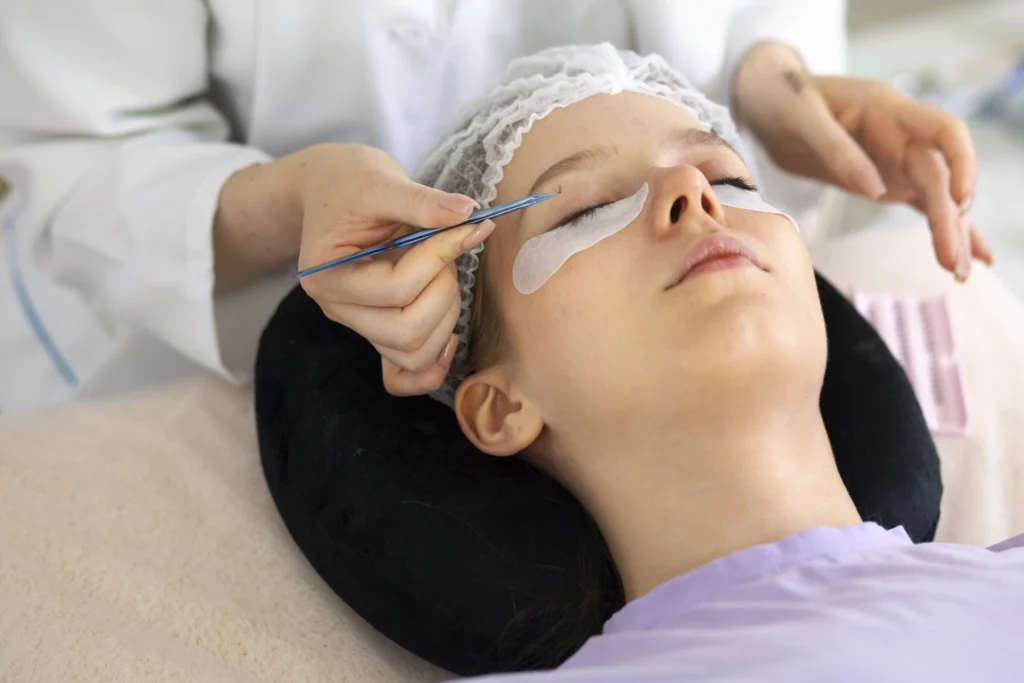
Hair removal is a common practice for both men and women, whether for aesthetic, cultural, or personal reasons. With so many methods available, choosing the right one for your needs can be overwhelming. Since many people are concerned about unwanted hair, a variety of hair removal techniques have been developed in an effort to achieve smooth, hair-free skin. Knowing the various options available is essential for making well-informed decisions about what’s best for your body and lifestyle, whether those options are short-term or long-term.
Why Do People Remove Hair?
Cultural and Aesthetic Reasons
Hair removal has deep roots in various cultures, often intertwined with beauty standards, religious practices, and social traditions. For many, it’s a personal choice to feel more confident and comfortable in their own skin, reflecting individual preferences for smooth, hair-free skin.
Hygiene and Practicality
Beyond aesthetics, hair removal can serve hygienic purposes. Hair can trap sweat and bacteria, potentially leading to odors or skin irritation. Athletes, swimmers, and cyclists often opt for hair removal to minimize friction and enhance performance. Furthermore, removing hair can simplify the application of skincare products or bandages.
Popular Hair Removal Methods
Numerous hair removal methods exist, each with unique advantages and disadvantages. Let’s delve into the most common options:
Shaving
Shaving is a widespread and easily accessible method, using a razor to cut hair at the skin’s surface.
-
- Pros: Quick, inexpensive, and easily performed at home. Painless when done correctly.
-
- Cons: Short-lived results, typically lasting only one or two days. Can cause cuts, razor burn, ingrown hairs, and stubble
Tips for Shaving:
-
- Use a clean, sharp razor.
-
- Shave in the direction of hair growth.
-
- Apply a moisturizing shaving cream or gel.
Waxing
Waxing involves applying wax (either warm or cold) to the skin, which adheres to the hair. The wax is then quickly removed, pulling the hair from the root.
-
- Pros: Longer-lasting results than shaving (3-6 weeks). Hair may grow back finer over time. Can be performed at home or by a professional.
-
- Cons: Can be painful, especially for sensitive skin. May cause redness, irritation, or ingrown hairs. Requires hair to be a certain length for effective removal.
Tips for Waxing:
-
- Exfoliate the skin before waxing.
-
- Avoid waxing on sunburned or irritated skin.
-
- Consider professional waxing for hard-to-reach areas.
Depilatory Creams
Depilatory creams contain chemicals that dissolve the hair shaft at the skin’s surface.
-
- Pros: Painless and easy to use. Results last longer than shaving (up to a week). Can be done at home.
-
- Cons: May cause skin irritation or allergic reactions. Often has a strong odor. Not suitable for all skin types.
Tips for Using Depilatory Creams:
-
- Perform a patch test before applying to a larger area.
-
- Follow the product instructions carefully.
-
- Rinse thoroughly and moisturize the skin afterward.
Laser Hair Removal
Laser hair removal utilizes concentrated light beams to target and destroy hair follicles, leading to reduced hair growth over time.
-
- Pros: Long-lasting results (potentially months or years). Can be used on large areas of the body. Significantly reduces hair growth with multiple sessions.
-
- Cons: Expensive. Requires multiple sessions for optimal results. May cause temporary redness, swelling, or discomfort.
Tips for Laser Hair Removal:
-
- Consult a licensed professional.
-
- Avoid sun exposure before and after treatment.
-
- Be patient, as results take time.
Electrolysis
Electrolysis is a permanent hair removal method that uses an electric current to destroy hair follicles.
-
- Pros: Permanent results. Suitable for all skin and hair types. Can be used on small, precise areas.
-
- Cons: Time-consuming and requires multiple sessions. Can be painful or uncomfortable. More expensive than other methods.
Tips for Electrolysis:
-
- Choose a certified electrologist.
-
- Follow aftercare instructions carefully.
-
- Be prepared for a long-term commitment.
Sugaring
Sugaring is a natural hair removal method using a sticky paste made from sugar, lemon, and water to remove hair from the root.
-
- Pros: Gentler on the skin and less painful than waxing. Natural ingredients minimize the risk of irritation. Results last 3-6 weeks.
-
- Cons: Requires practice to apply correctly. May not be as effective on coarse hair. Can be messy.
Tips for Sugaring:
-
- Learn the proper technique or visit a professional.
-
- Apply the paste in the direction of hair growth and remove against it.
-
- Keep the skin clean and dry before application.
Threading
Eyebrow Threading is an ancient technique using a twisted thread to pluck hair from the root.
-
- Pros: Precise and ideal for shaping eyebrows. No chemicals involved. Results last 2-6 weeks.
-
- Cons: Can be painful, especially for sensitive skin. Time-consuming for larger areas. Requires skill.
Tips for Threading:
-
- Visit a trained professional.
-
- Avoid threading on acne or irritated skin.
-
- Apply a soothing gel afterward.
How to Choose the Right Hair Removal Method
Selecting the appropriate hair removal method depends on various factors:
-
- Skin Type and Sensitivity: Sensitive skin may benefit from gentler methods like sugaring or threading. Avoid harsh chemicals or techniques that may cause irritation.
-
- Hair Texture and Growth: Course hair may necessitate waxing or laser hair removal, while fine hair can be managed with shaving or depilatory creams.
-
- Budget and Time: Consider your budget and the time commitment required. Laser hair removal and electrolysis are more expensive but offer long-term results, while shaving and waxing are more affordable but require frequent upkeep.
-
- Pain Tolerance: If pain is a concern, opt for less painful methods like shaving or depilatory creams.
Aftercare Tips for Hair Removal
Regardless of the chosen method, proper aftercare is crucial for maintaining healthy, smooth skin:
-
- Moisturize Regularly: Keep your skin hydrated with a gentle, fragrance-free moisturizer.
-
- Exfoliate Gently: Exfoliate 2-3 times a week to prevent ingrown hairs. Avoid harsh scrubs, particularly after waxing or shaving.
-
- Avoid Sun Exposure: Protect your skin from sun exposure after hair removal, as it can be more sensitive. Use sunscreen with SPF 30 or higher.
-
- Follow Instructions: Always adhere to aftercare instructions provided by professionals or product manufacturers.
Conclusion
Hair removal is a personal decision with no universal solution. Understanding the pros and cons of each method empowers you to make informed choices tailored to your individual needs. By considering your skin type, hair texture, budget, and pain tolerance, you can select the hair removal process that best suits you. Consistent and proper aftercare will contribute to achieving smooth, hair-free skin that boosts your confidence and comfort.
You can also read: WHAT IS THE PURPOSE OF EYEBROWS?
Gentle techniques for sensitive skin include sugaring, threading, or shaving with a high-quality blade and hydrating shaving lotion. Avoid using harsh chemicals or practices that may cause irritation, and always conduct a patch test before using a new product or approach.
To prevent ingrown hairs, exfoliate your skin regularly to remove dead skin cells that can trap hair. Use a clean razor when shaving, and avoid pulling the skin too tightly. After hair removal, moisturize and avoid tight clothing that may irritate the skin.
Yes, but with caution. Some methods, like shaving and threading, are safe during pregnancy. However, waxing and laser hair removal may cause extra sensitivity due to hormonal changes. Always consult your healthcare provider before trying new hair removal methods during pregnancy.
You can find professional services at salons, spas, dermatology clinics, and specialized hair removal centres. Always research and choose a reputable provider.
Social Share
-
Facebook
-
Twitter
-
Pinterest
-
Linkedin


